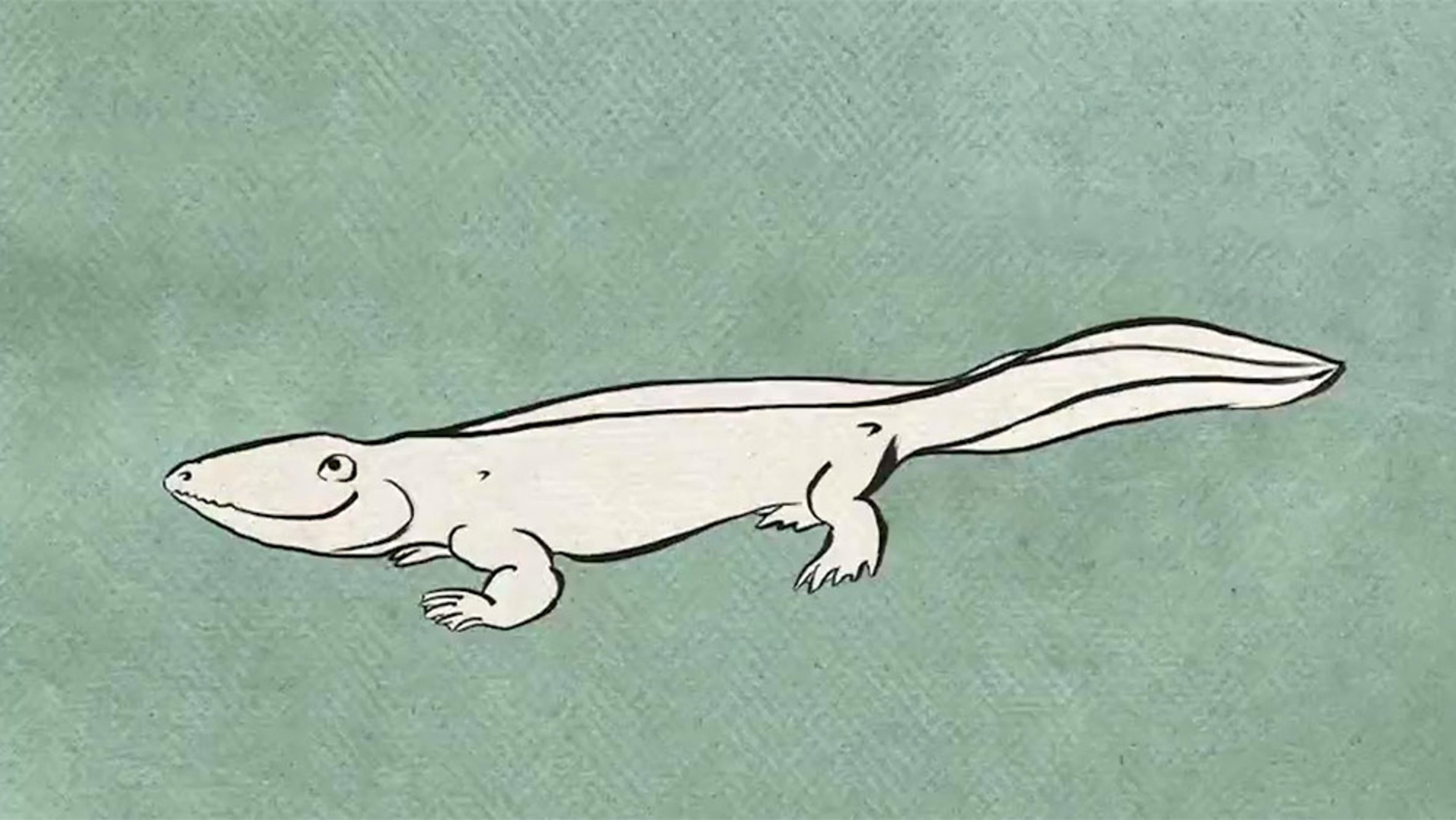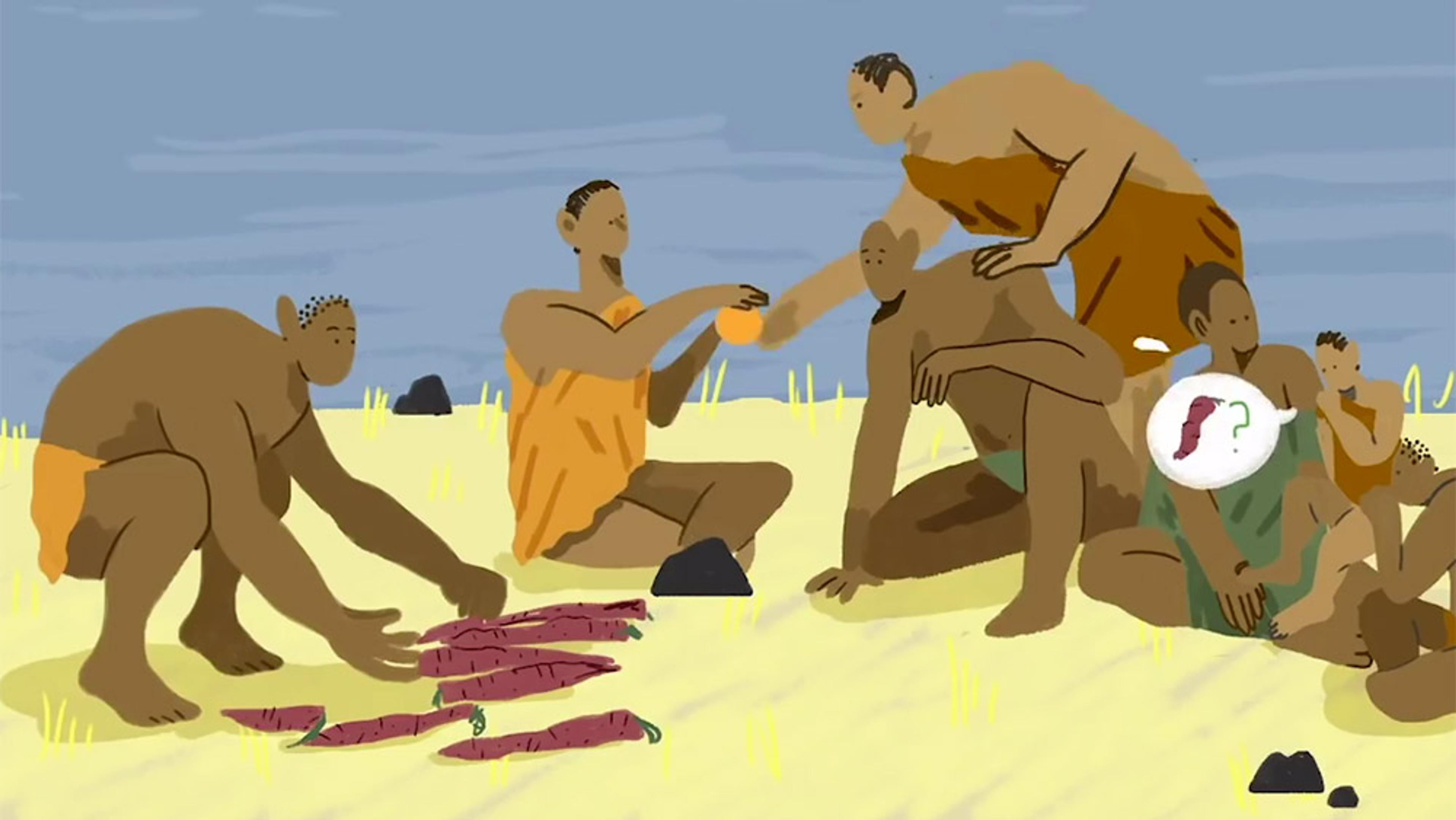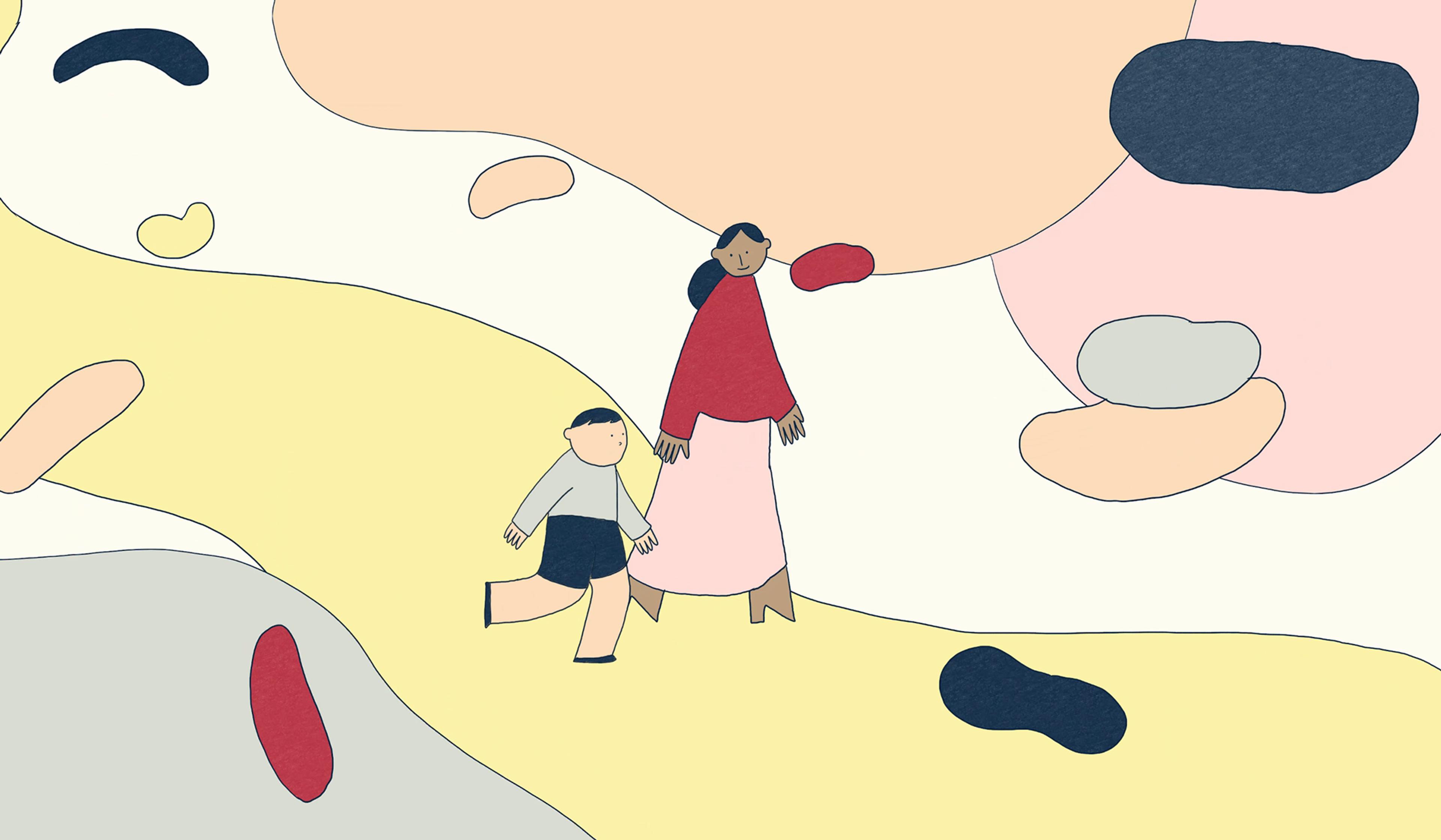Through genome sequencing, we now know that chimpanzees are our closest living relatives, sharing nearly 99 per cent of our DNA. But in the roughly 7 million years since our ancestors split from chimps, Homo sapiens has existed alongside a wide variety of closer evolutionary cousins. This video from the American Museum of Natural History tracks scientists’ current best guess at a timeline of hominin species, including when and where they lived, and how extinctions and interbreeding led to Homo sapiens becoming the last hominin on Earth. And yet, due to gaps in the timeline and continued fossil discoveries, it seems we’ve found only fragments of our evolutionary past, leaving much still to be learned about our family tree.
Last hominin standing – charting our rise and the fall of our closest relatives
Executive producer: Vivian Trakinski
Writer and Producer: Laura Moustakerski
Animator: Shay Krasinski
Website: American Museum of Natural History

videoHuman evolution
Human to fish, and back again: a brisk walk through our evolutionary history
1 minute

videoHuman evolution
Could grandmotherly love help to explain how we became human?
3 minutes

videoGenetics
Why it took a century to work out that humans interbred with Neanderthals
22 minutes

videoDemography and migration
How we became more than 7 billion – humanity’s population explosion, visualised
6 minutes

videoHuman evolution
From Tarzan to Tanzania – how a dream of living with animals changed primatology
6 minutes

videoAnthropology
How footprints trapped in time unlocked a mystery of early hominids
8 minutes

videoPhilosophy of mind
Caring for the vulnerable opens gateways to our richest, deepest brain states
7 minutes

videoEvolution
Watch as the whale becomes itself: slowly, slowly, from land to sea, through deep time
10 minutes

videoAnthropology
Although his story is a mystery, the Lion Man forever binds us to our prehistoric past
2 minutes